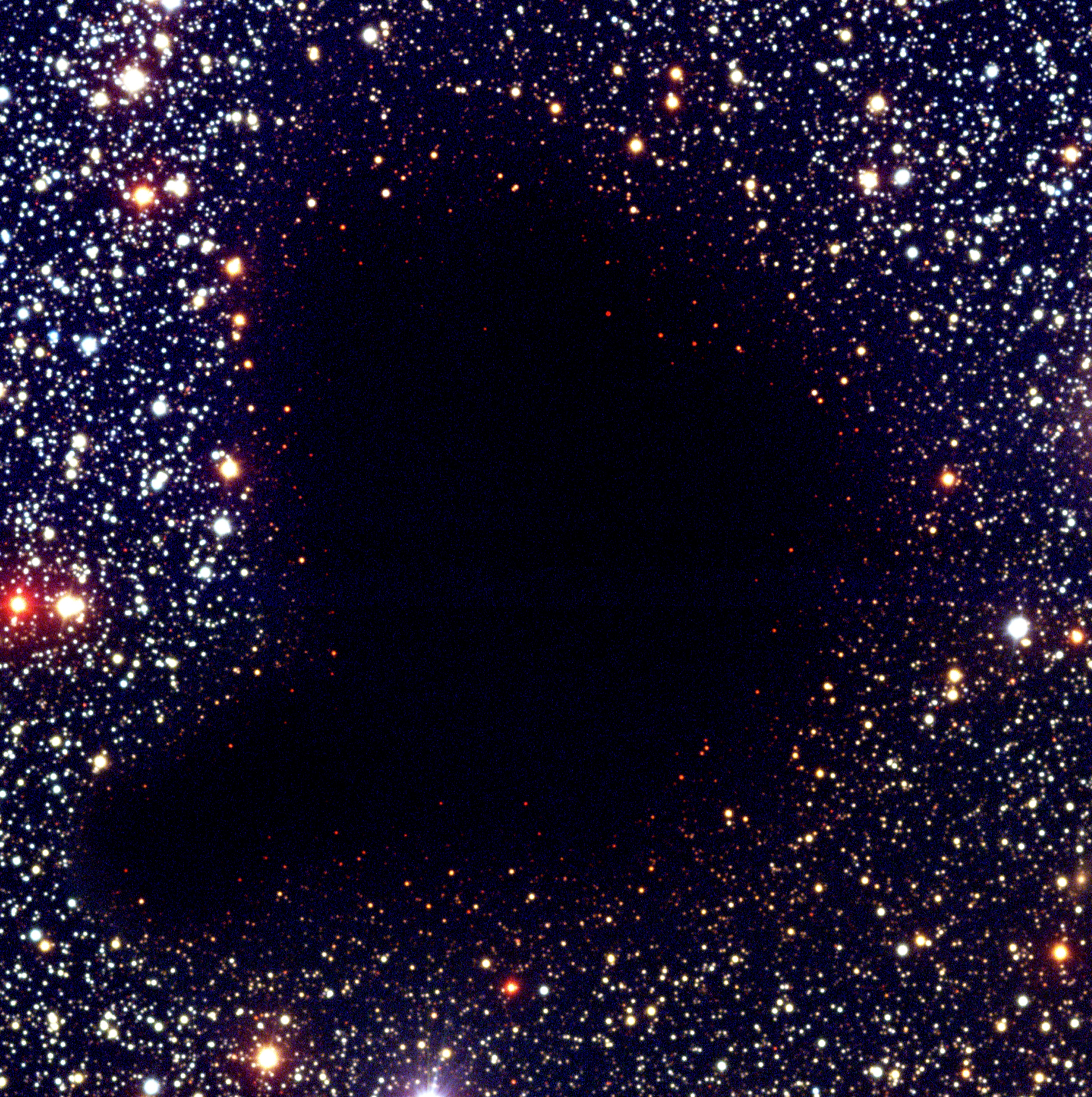
What would happen to the Sun and the planets if they encountered an interstellar cloud over several thousand years?
It’s an interesting question with a not so obvious answer. Physics relies on parameters – How dense a cloud? How quickly are we moving through the cloud? How ionised is the cloud? How dusty?
A passage time of “several thousand years” – let’s suppose that means about 5,000 years. For a cloud approaching at ~3 AU/year (14.22 km/s) then it’ll be ~15,000 AU wide, minimum.
A gas cloud at a certain temperature has a maximum size, for a given density, beyond which it will collapse under its own gravity. That size is set by the speed of sound in the gas mixture and the collapse time.
For cold (15 K) hydrogen/helium gas the speed of a sound is about 307 m/s – when hydrogen is that cold it behaves like an ideal gas, so the ratio of specific heats is 5/3. So for a gas cloud that’s 7,500 AU in radius, the collapse time at the critical density is ~65,255 years, which means the Sun would travel through it long before it collapses.
The maximum density computes out as 3.5E-15 kg/m3, which is 1.6 trillion atoms per cubic metre. It’s computed by rho ~ 1/(G*t2) meaning the density is inversely proportional to the collapse time squared. While the density is low, the Solar atmosphere (i.e. the Solar Wind that enshrouds the planets) is much less dense at an average 6 million ions per cubic metre at 1 AU.
If the Solar Wind traveling at 500 km/s encounters a Cloud moving towards the Sun at 15 km/s there really wouldn’t really be much mutual interaction given how diffuse the two streams are – if it wasn’t for the magnetic fields embedded inside both. The Solar Wind is composed of ions and electrons carrying a magnetic field, while interstellar clouds are charged up from cosmic rays and ultraviolet light. Thus the charged components of both can push against each other via magnetic pressure.
Equating the kinetic energy density of both gives roughly the boundary of where a new heliopause would form, roughly 0.01 AU. Almost the surface of the Sun, which is at 0.00465 AU. However gravity will focus the relatively slow moving neutral gas of the Cloud in towards the Sun, causing it to fall on the Sun. The dissipated kinetic energy will brighten the Sun by only about 0.00675%.
All the planets would be cloaked in the incoming H2/He gas. Earth would sweep up about 13.3 tonnes per second, 420 million tonnes per year. Whether it would be captured is hard to assess, since it can hit the Earth’s atmosphere at a range of speeds between 18.7 to 46.4 km/s, greater than escape velocity. It’s probable that some atmosphere is swept away, some gas captured and some will flow around the planet repelled by the ionosphere.
What applies to the Earth applies to all the planets with atmospheres. The airless planets will be bombarded directly, trapping some of the gas in the regolith, reacting some of the hydrogen with the oxides in their crust. Water will be made, so the Moon, for example, will end up with a thin water vapour atmosphere.
The extra energy input will produce even more dramatic effects on the coldest objects of the Outer Solar System, cloaking the moons and Kuiper Belt objects in temporary atmospheres from sublimated gases as well as captured hydrogen.
Another effect is that every small object – interplanetary dust grains and specks – will encounter gas at a density similar to Earth’s outer atmosphere. They will all create meteor like streaks until they’re ablated away.
At the same time since interstellar clouds contain ~1% of their mass in the form of dust grains, the sky at night will be a continuous meteor storm for millennia. Which will be one of the few things visible at night, aside from the planets, as all the stars will be obscured by the gas and dust. Yet the Sunlight will make the dust of the Cloud glow too…
In the Cloud itself the Sun would draw a supersonic wake behind it, creating turbulence. Eventually this could cause collapse of smaller pockets of gas, but the total gas mass is just a few Solar masses so the number of small stars created is hard to predict. Perhaps a new crop of brown dwarfs would result?
